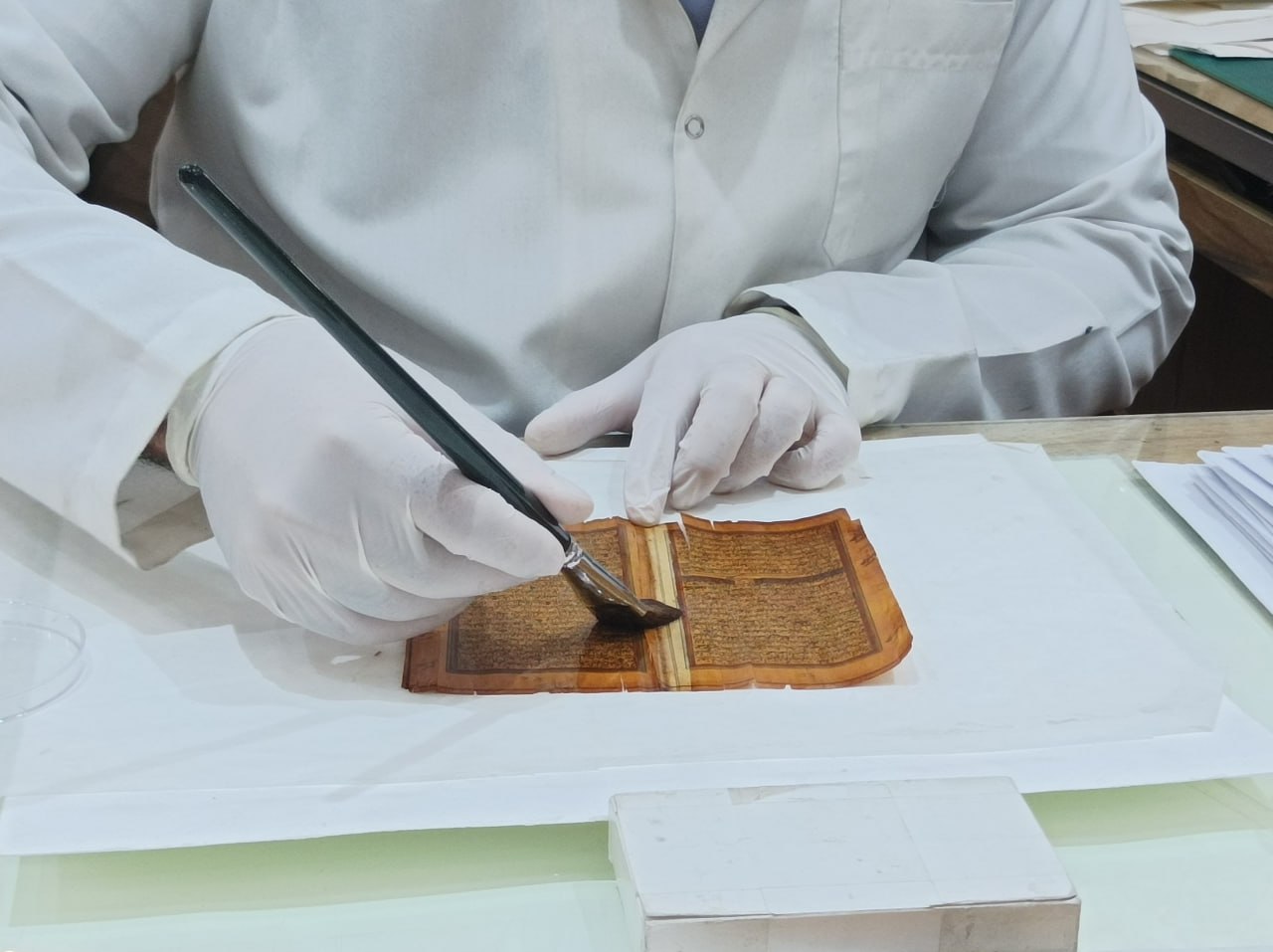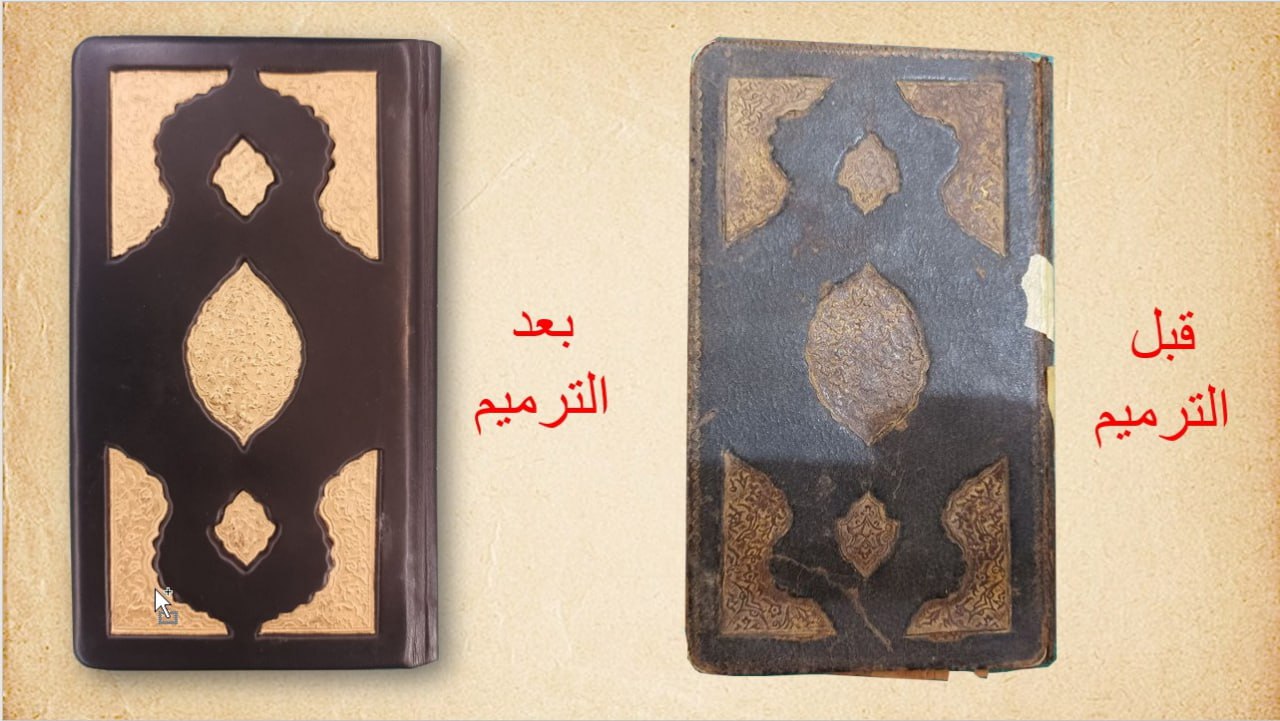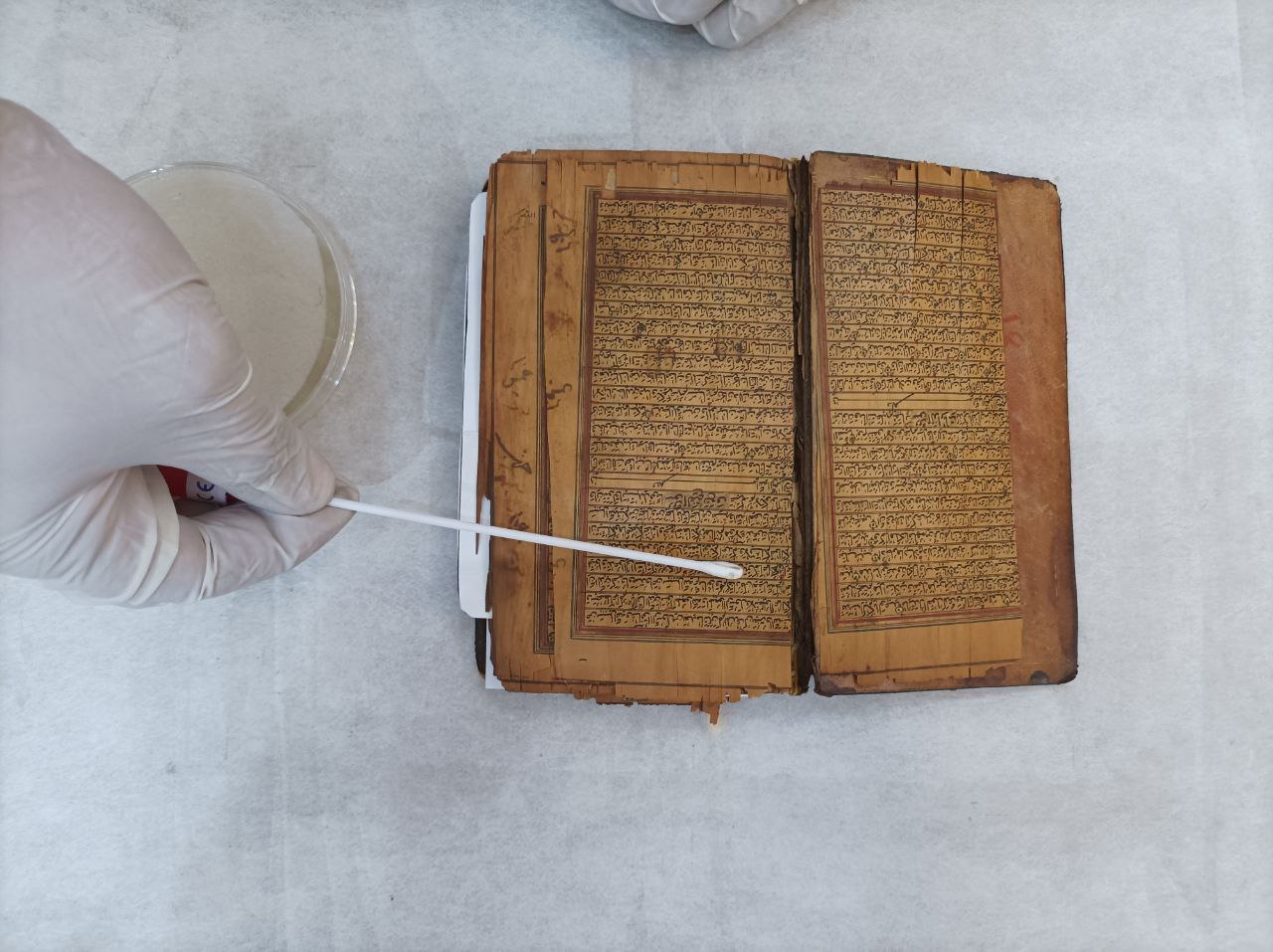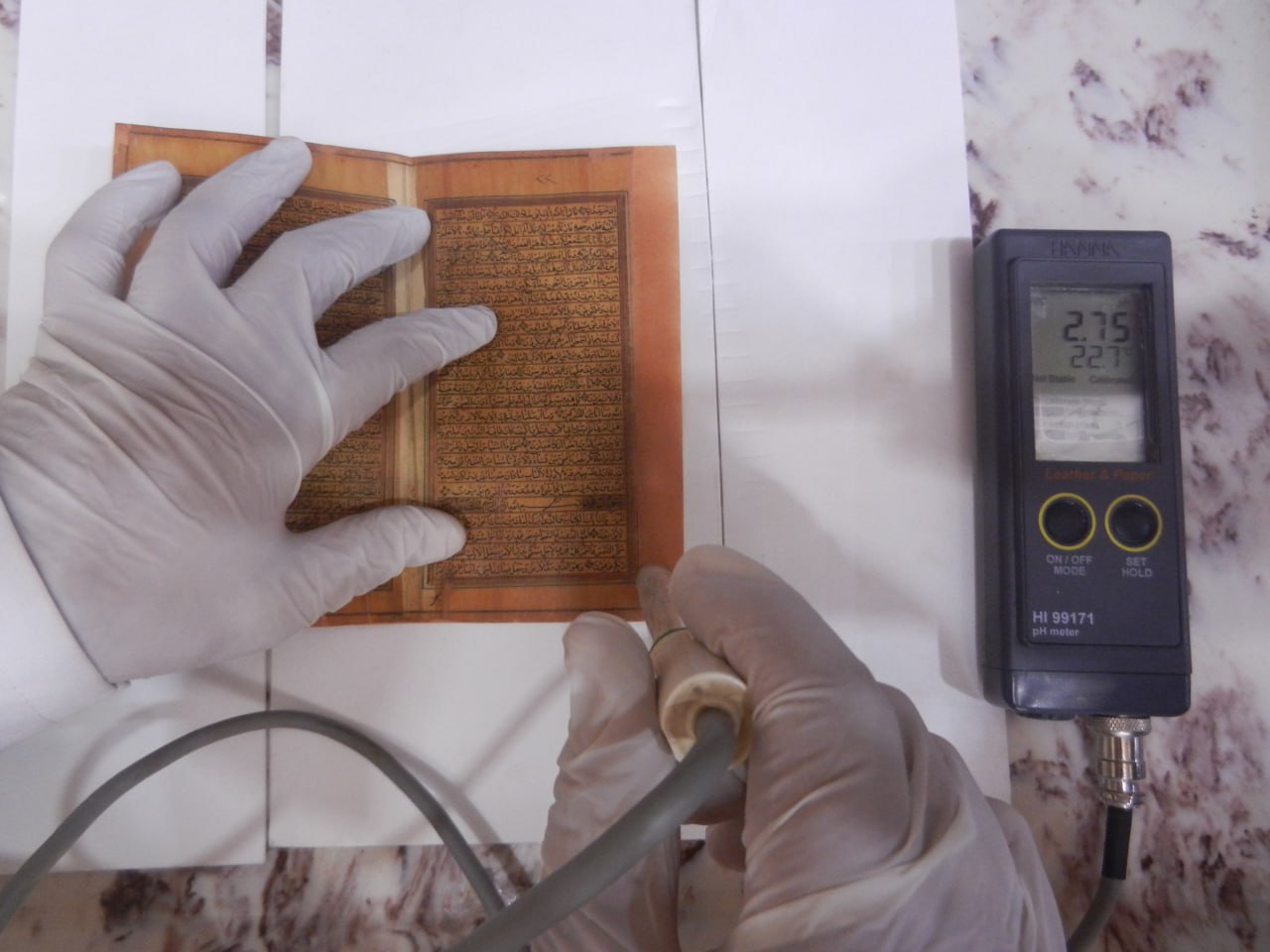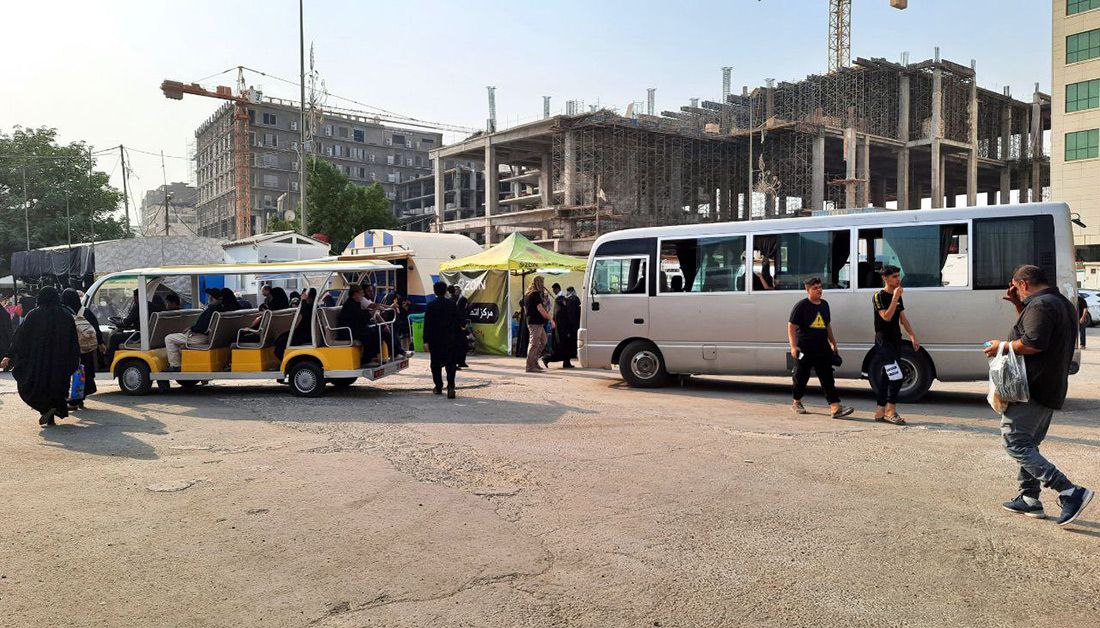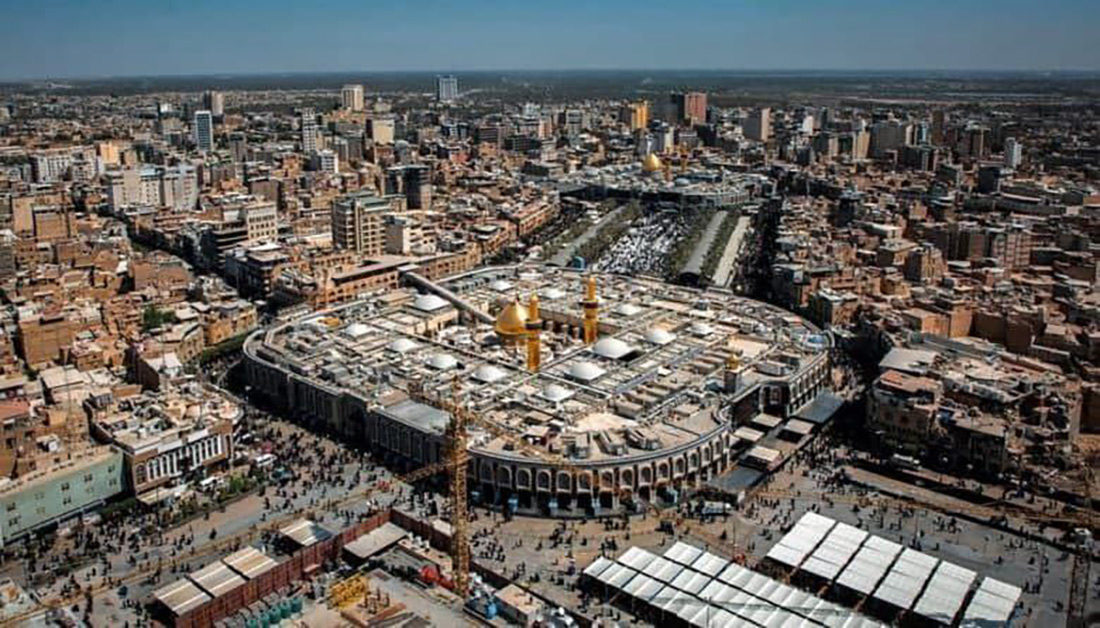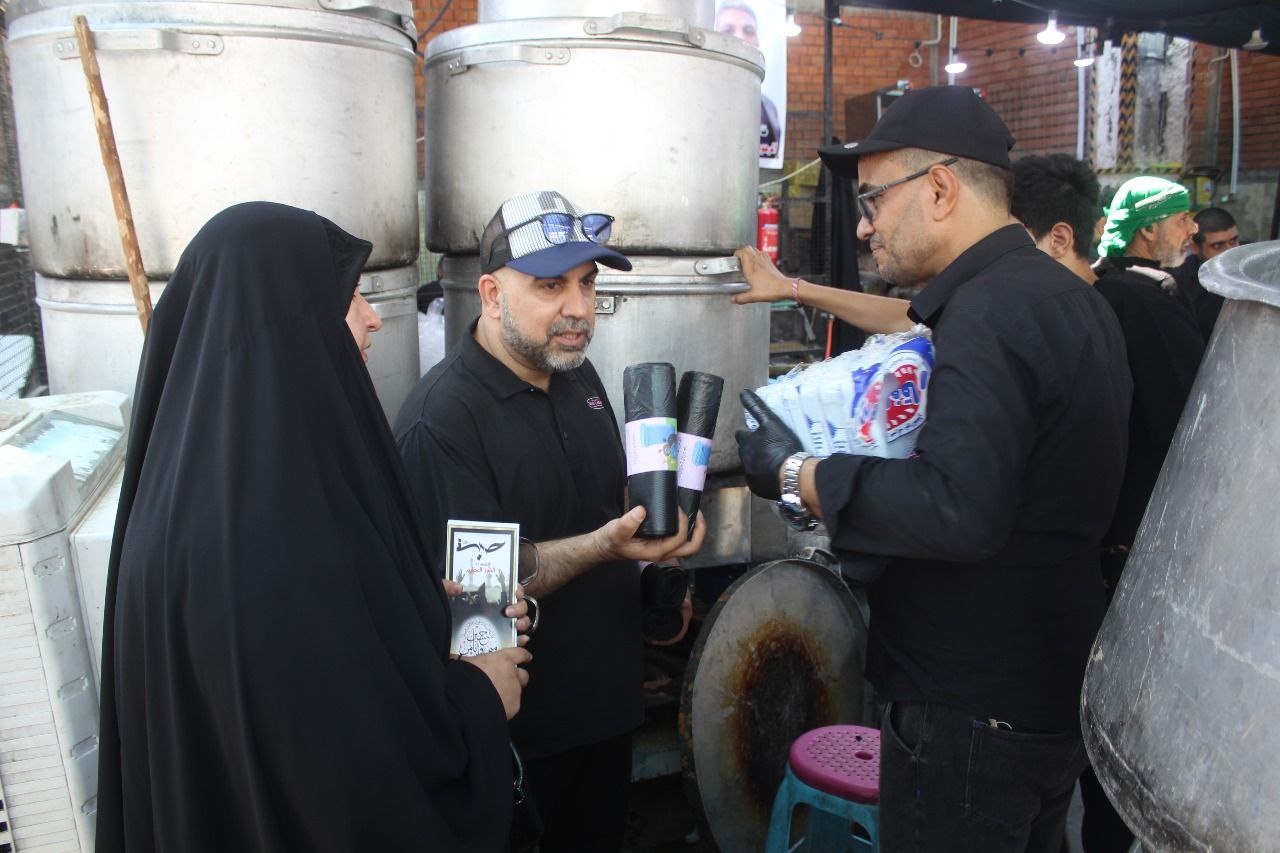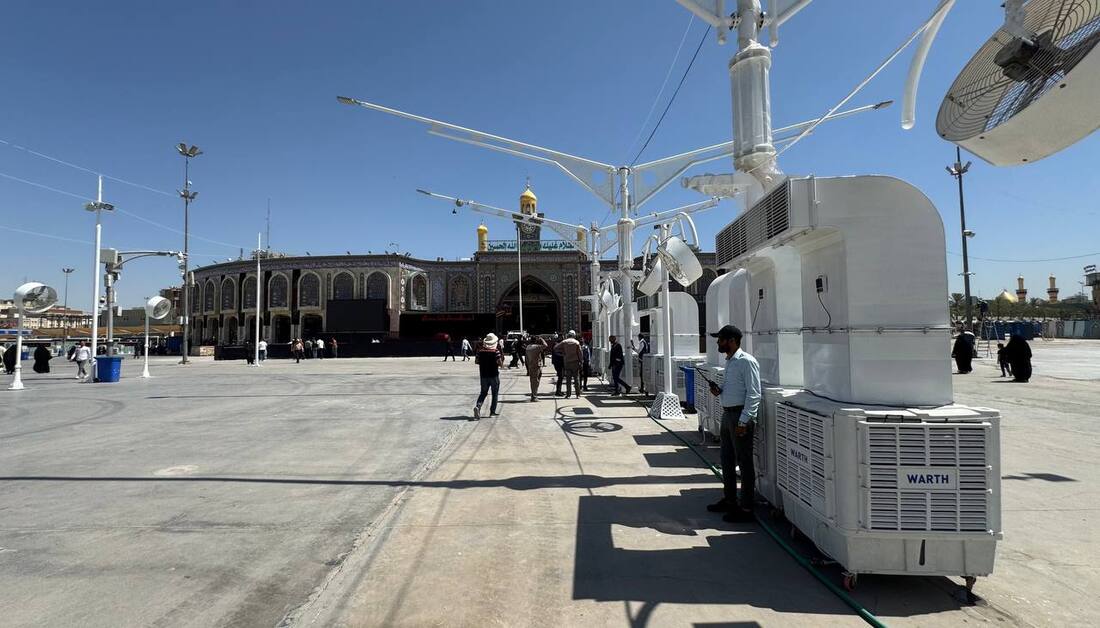Ancient Quran manuscript restored by Imam Hussain Center
The Imam Hussain Center for Manuscripts and Research, affiliated with the Holy Shrine of Imam Hussain (peace be upon him), has successfully restored a Quran manuscript dating back to the 13th century AH. The centuries-old copy, badly damaged and partially incomplete, has now been fully revived using advanced restoration techniques and international tools.
Professor Manaf Al-Temimi, head of the center, stated, “The manuscript was in a severely deteriorated state—pages were missing, warped, and fragile, with a damaged cover. Despite these challenges, our specialized team carried out a complete restoration to preserve this cultural and religious treasure.”
The restoration began with sterilizing the manuscript using organic oils to eliminate fungal infections—an environmentally safe method that protects both the artifact and the staff. Tests revealed high acidity in the paper, which was neutralized, and the cellulose fibers were reinforced to restore the manuscript’s original flexibility and texture.
The team used Japanese Kozo paper to repair the pages, a method chosen for its durability and compatibility with historical documents. The restored pages were then stitched using traditional methods to maintain authenticity.
Due to extensive damage, the manuscript's original leather cover was recreated to match the original in both color and design. A custom preservation box was also made, and the manuscript is now stored in the center’s vault under strict environmental controls, including regulated temperature, humidity, and lighting.
Multiple departments contributed to the project, including the biological and chemistry labs, the restoration team, and the photography unit, which documented each stage for archival and research purposes.
“This work reflects our commitment to preserving Islamic heritage,” Al-Temimi said. “Thanks to the dedication of our team and modern restoration science, this valuable manuscript has been brought back to life for future generations.”
Emad Bao
